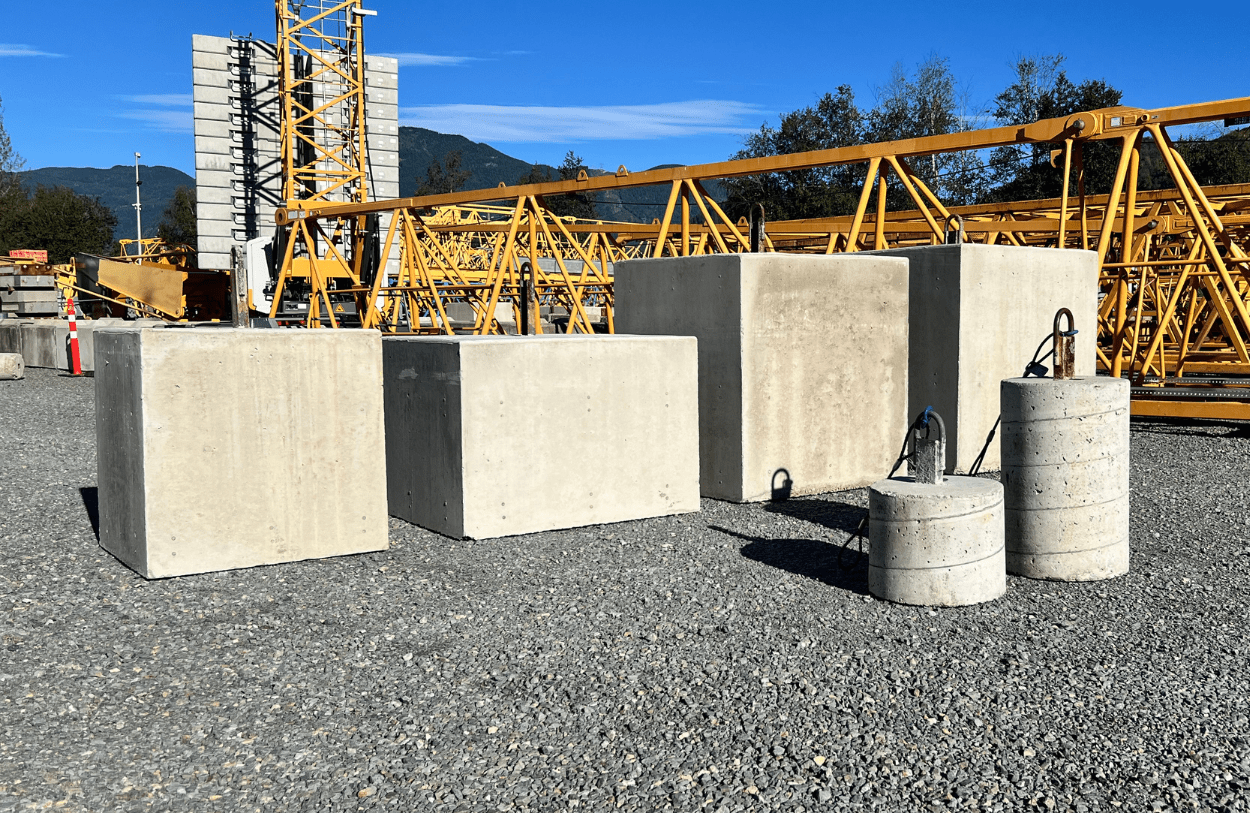Top Takeaway: Heat stress and the risk of falling are both serious hazards when working at height in the summer. Combined they can be deadly, so stay cool and plan ahead to keep everyone safe this season.
Summer is synonymous with construction. Its consistent weather and sunny days make working outside significantly easier and safer than harsher seasons. The heat, however, is not always your friend.
Heat stress is a major problem on jobsites throughout the warmer months and can complicate already hazardous jobs, such as working at height. Here are five rules that must be followed if your site involves working at height this summer.
1. Watch the weather.
Summer weather is typically reliable. It’s hot, maybe humid, and has significantly less precipitation to worry about. While this reduces the risk of slipping, summer brings its own hazards, like heat stress and lightning storms. Keep an eye on the weather and make sure your site is prepared for anything the season can throw at you.
2. Cover up.
Heat stress occurs when your body warms up faster than it can cool down. Although it feels nice to lose the layers, exposing your skin to the sunlight increases the rate at which your body heats up. Instead of going sleeveless, wear light, loose clothing with long sleeves and legs, UV-blocking sunglasses, and sunscreen to protect yourself from the worst of the sun’s rays.
3. Stay hydrated.
Staying hydrated is the most important factor in preventing heat-related illness. Keep a water bottle close at hand throughout the day, refilling it every time you empty it. Drinking water will cool you down and keep you alert, and refilling your bottle will give you regular opportunities to step out of the sun.
4. Use appropriate fall protection and prevention.
Drier weather reduces the likelihood of slipping, but it’s still crucial to utilize the appropriate fall prevention and protection equipment for the height you’re at (WorkSafeBC has a simple guide here). Take time to lay out a fall prevention and rescue plan, making sure everyone on site is familiar with it. When you’re not wearing your PPE, store it in a cool, dry place to prevent any damage from the sun or heat.
5. Don’t wait to get help.
Getting dizzy or passing out while still at height could put yourself and others in extreme danger as they try to rescue you. Heatstroke can progress quickly, so if you start to feel symptoms such as a headache, dizziness, or you’ve stopped sweating, get back to the ground as quickly and safely as possible to get treatment.
Worried about how heat stress will affect your jobsite? Learn more about what it is and how to prevent it in our Summer Jobsite Safety article.





